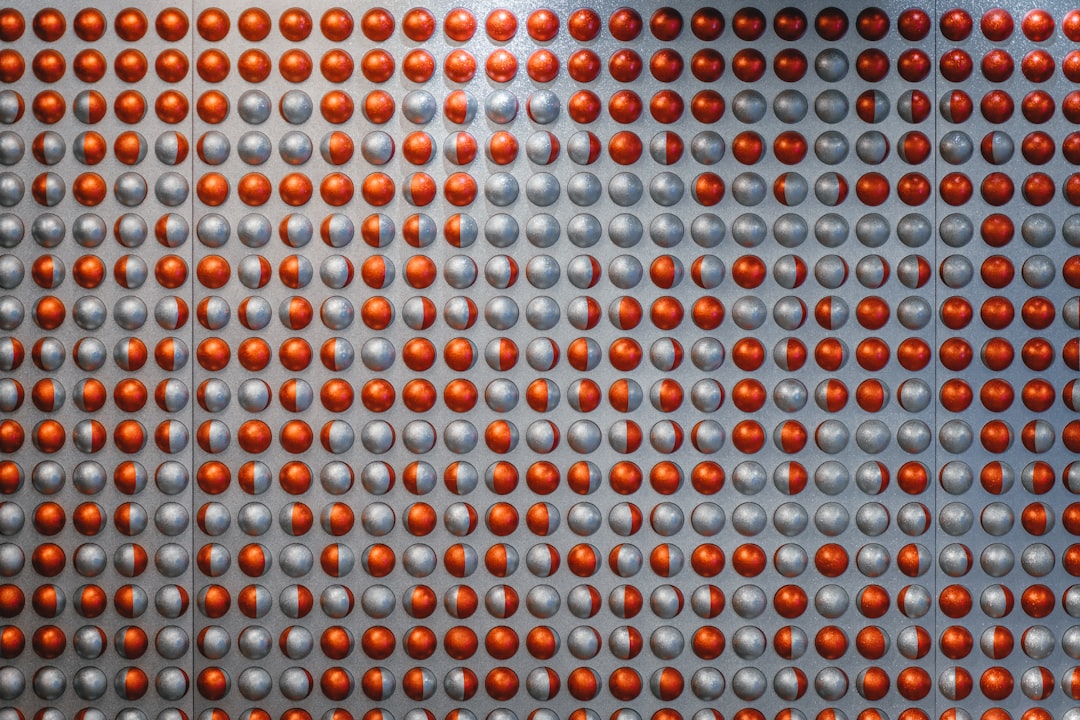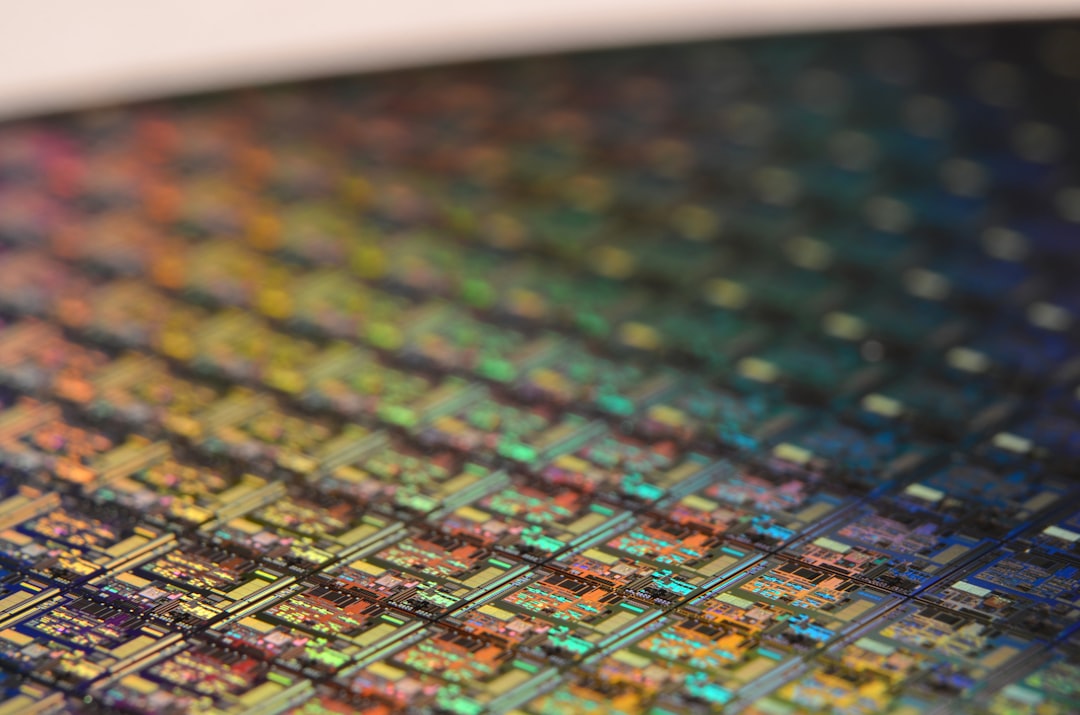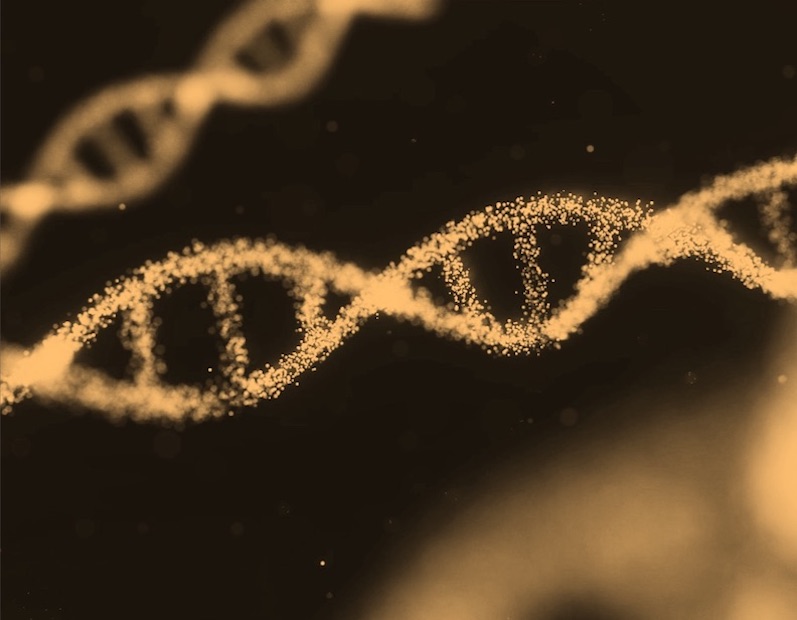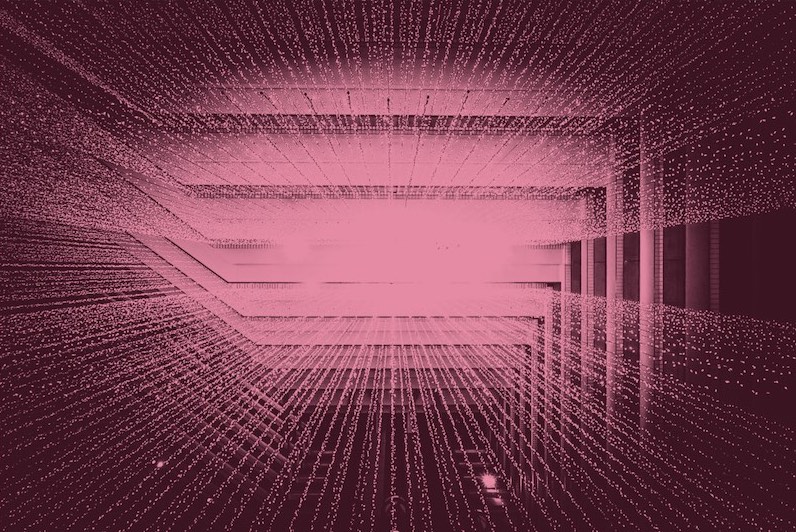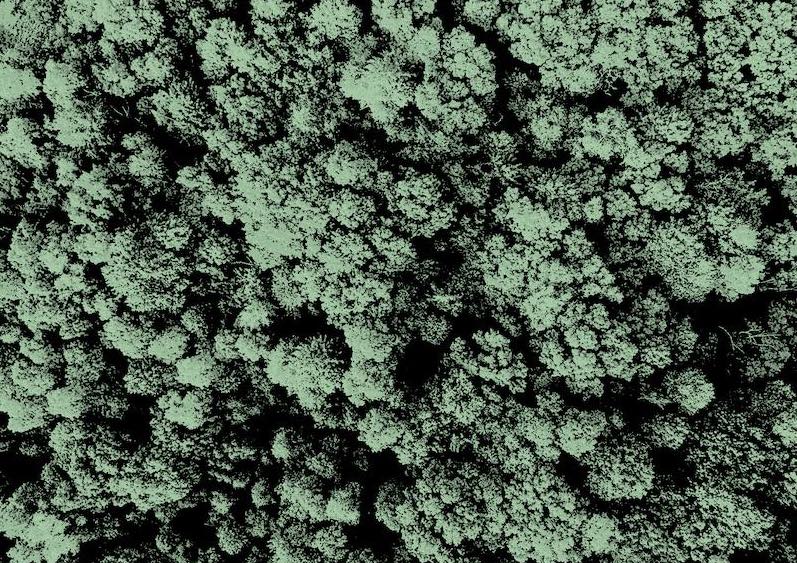What is it about?
Abstract A 2 kW CO2 laser was used to modify the surface of air plasma sprayed (APS) 7.8 wt% yttria partially stabilized zirconia (YPSZ) coatings; the effects of laser specific energy was investigated. The sealed coatings were characterized by SEM, EDS, WDS, XRD and microhardness. It was possible to control the cell size (or well-sintered ‘domain like’ structure), crack width, depth of sealing and depth of concavity by carefully adjusting the specific energy. The microstructure of the sealed coatings was characterized by a cellular structure at all laser parameters studied. Cracks formed under optimum specific energies (1–2 J/mm²) were seen to be shallow and they do not penetrate through the plasma sprayed coating. The sealed coatings have much lower roughness and higher hardness than non-treated coatings indicating the beneficial effect of plasma treatmen
Featured Image

Photo by Looie Kang on Unsplash
Why is it important?
In this investigation, yttria partially stabilized zirconia (YPSZ)has been laser sealed to study the effect of laser parameters on the microstructure, crystalline phases and hardness of conventionally produced plasma-sprayed coating
Perspectives
It has been found that it is possible to obtain the desired depth of sealing, shallow crack width and cell size by carefully adjust- ing the specific energy in laser sealing of plasma sprayed yttria partially stabilized zirconia coating
Prof. Dr Eng. Ali Sabea Hammood
University of Kufa -Faculty of Engineering -Materials Engineering Department
Read the Original
This page is a summary of: The influence of laser specific energy on laser sealing of plasma sprayed yttria partially stabilized zirconia coating, Optics and Lasers in Engineering, February 2013, Elsevier,
DOI: 10.1016/j.optlaseng.2012.08.010.
You can read the full text:
Resources
Contributors
The following have contributed to this page
